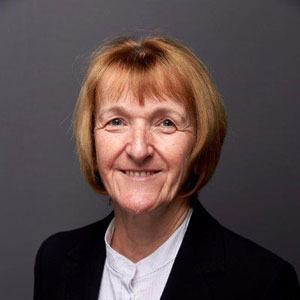The country’s only dedicated trauma research centre now has one of the world’s most sophisticated tools for sequencing the DNA of bacteria which can cause serious, even fatal wound infections.
The MiSeq System is a high-throughput DNA sequencer, which can provide highly detailed DNA information about organisms such as bacteria and fungi faster and more accurately than existing methods.
The sequencer has been leased by the NIHR Surgical Reconstruction and Microbiology Research Centre (SRMRC), which was launched in 2010 to bring into the NHS lessons learned from treating military trauma patients.
A key part of the research is analysing the way infections spread between patients and their surroundings. MiSeq provides researchers with enough detail to track the way infections have spread by detecting the small changes in the DNA of bacteria as they evolve during an outbreak.
Professor Mark Pallen, from the University of Birmingham, is the microbiology theme lead for the SRMRC and is excited about the arrival of the MiSeq: “We can sequence genomes quickly and easily with the MiSeq, and the system is also bringing the cost down.
“What we want to do is sequence bacterial genomes from the isolates we get from patients so we can understand the spread of infections within hospitals.”
Infection is a major complication risk for trauma patients, who often have open wounds or injuries which rupture organs and bones.
Infections can develop in three ways: Patients might already be carrying the bacteria when they arrive in hospital and treatment does not kill it; patients might be given antibiotics which reduce their ability to resist contracting an infection; patients might contract an infection from the hospital environment.
Prof Pallen says the complex mix requires careful attention: “We don’t know how much of a role the environment is playing, but the hope is that we can unravel all this.
“In different cases, we might want to pare back the use of antibiotics, isolate patients, change patient decontamination or improve hand hygiene. As we know more we can establish different interventions for different bacterial outbreaks.”
Birmingham is one of the few British centres, alongside Cambridge and Oxford, focusing on the use of high-throughput DNA sequencing to analyse bacteria, with most other research looking at better understanding the human genome.
The ability to sequence bacteria has evolved incredibly rapidly since it was first achieved in the early 1970s, says Prof Pallen: “This sort of speed and accuracy used to be a pipe dream. As recently as the 1990s, analysis would cost anywhere between £100,000 and £1 million and take several months to complete. Now we are at a stage where we can anticipate that it will be so cheap that cost won’t be an issue.”
“Already the holy grail is the £1,000 genome and in the next few years we will get that.”
As well as tracking infections, the SRMRC is looking at how this sequencing technology can be used as a diagnostic tool to identify unknown infections.
“At the moment, much of microbiology still uses techniques developed in the 19th Century: microscopes and the culturing of samples. We have much more automation but it’s the same basic approach because it works and is reliable,” he says.
“But there are weaknesses in that approach. Some bacteria are difficult or very slow to grow in culture, and even then identifying them isn’t always easy. And it’s still possible to miss something.
“With sequencing we can go from having the specimen to a full read on what’s in the sample quite quickly. It’s not perfect yet but we can foresee a time when we might not need to use culturing.”
This new technology can help researchers learn from military patients, some whom have large, complex wounds which are at high risk of infection.
“Here we have this unique interface between military and civilians, and that’s an opportunity to learn.”
MiSeq is produced by the San Diego-based Illumina company.
You can read more on Professor Pallen on his team profile.




